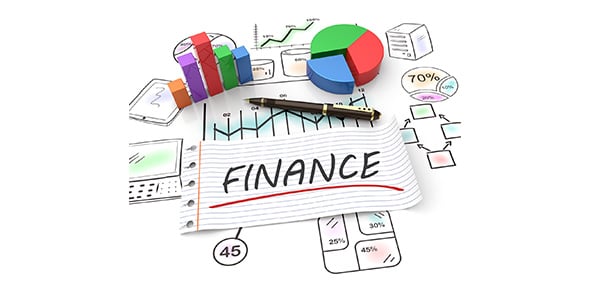Activity 1.1 The Mortgage Process
- CFPB
- HUD
- FHA
2.
You may optionally provide this to label your report, leaderboard, or certificate.
×
Thank you for your feedback!
















